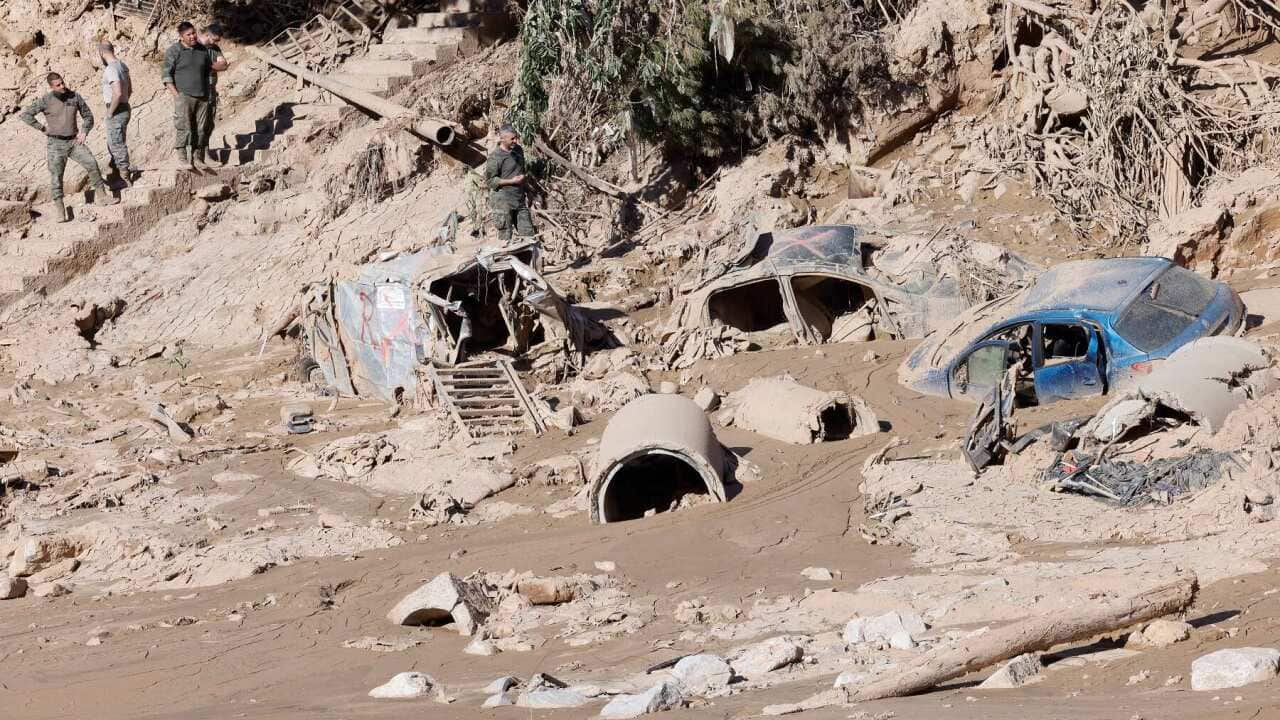This year has been a year full of extreme weather - and the impact can be seen from the health of the Great Barrier Reef in Australia.
From space, the contrast between the blue waters of shallow lagoons and deep waters can be seen as the largest living structure on Earth.
Scientists monitoring the World Heritage site said there had been further damage since December 2023, after extensive mass bleaching events, two cyclones, and flooding.
According to a study published in the peer-reviewed journal Nature Ecology and Evolution in June this year, it
showed global carbon dioxide emissions from fossil fuels rose to a record level of 37.4 billion tonnes. That's a 0.8 per cent rise in the past 12 months, according to the Global Carbon Budget.
The Climate Council in Australia says it uses the term “climate whiplash” to refer to wild changes between many weather extremes, driven by climate change.

Sea surface temperatures have risen by an average of 1.08 degrees since 1900.
Three of the five leading research groups that monitor global temperatures reckon 2024 will be a year in which monthly and annual warming will temporarily surpass 1.5 degrees Celsius above pre-industrial levels.




